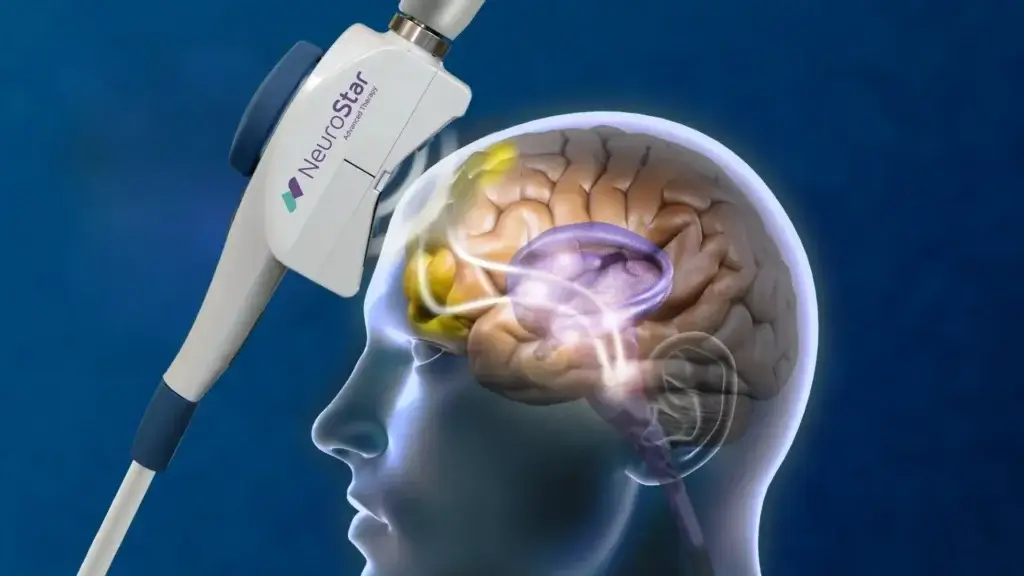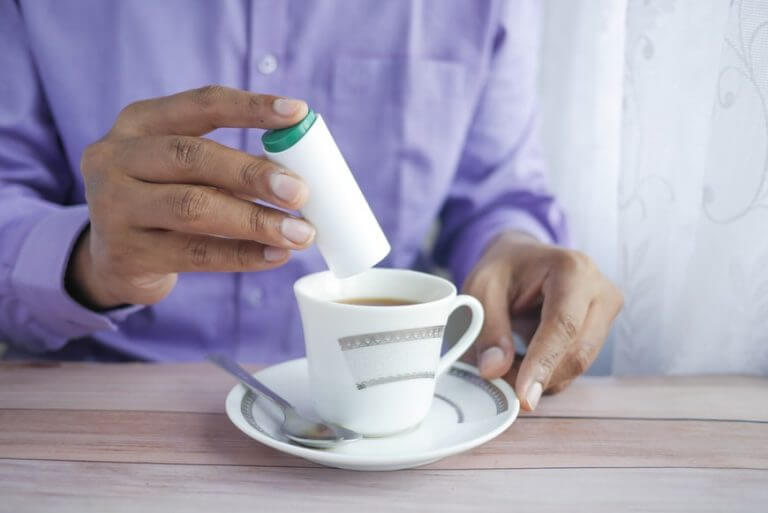TMS Therapy vs Panchakarma – Which Is Better For Fibromyalgia?

In a world where pain often hides behind a smile, millions grapple with an invisible struggle – Fibromyalgia, which isn’t just a collection of symptoms but a life-altering challenge, affecting everything from sleep patterns to daily activities.
And in seeking relief, individuals often find themselves confused over varied treatment paths.
If you’re personally struggling with Fibromyalgia or trying to help someone who is, this blog can provide some clarity on treatment options.
It explores two different methods – TMS Therapy and Panchakarma – and aims to bring understanding about their effectiveness.
Understanding Fibromyalgia
Simply put, Fibromyalgia is a chronic condition causing widespread pain in muscles and fatigue along with other symptoms that include-
- Muscle stiffness
- Sleep disturbances
- Cognitive issues
- Stress and anxiety
- Headaches
Living with this condition can be pretty challenging as the persistent pain and fatigue make even simple tasks like getting out of bed or holding a cup difficult!
- Sleep problems make everything even worse, creating a never-ending cycle of discomfort.
- And on top of that, there are difficulties with thinking and focusing, which affect memory and concentration.
- As symptoms can be unpredictable, finding a balance between relationships, work, and social activities often becomes difficult.
Despite these challenges, love and support from family and friends, coupled with therapeutic interventions, can significantly improve the quality of life.
So, let’s explore the two remarkable options to manage Fibromyalgia.
Tackling FIbromyalgia with TMS Therapy
Imagine having the power to alleviate pain and improve mood by stimulating your brain! Well, that’s the promise of– Transcranial Magnetic Stimulation, AKA TMS therapy.
TMS therapy is a non-invasive technology that uses brief magnetic pulses to stimulate nerve cells in various parts of your brain.

How exactly does it work?
In TMS, a device with a magnetic coil is placed on the head, which sends magnetic pulses, creating electrical currents in the brain cells that affect brain activity.
- When using TMS Therapy to help with Fibromyalgia, magnetic pulses are used to target parts of the brain that deal with ‘feeling pain and regulating mood’.
- By changing how these neural circuits work, TMS aims to reduce the symptoms of Fibromyalgia.
- The procedure is done in a series of sessions lasting about 20 to 30 minutes.
Research has spotlighted notable success stories, revealing how TMS has been a game-changer, particularly for those grappling with pain and depression in Fibromyalgia.
PANCHAKARMA for Fibromyalgia Relief
Panchakarma, an Ayurvedic approach to healing, embraces a combination of therapies to cleanse, rejuvenate, and restore balance in the body.
To eliminate toxins and restore the balance of three doshas, it consists of five primary procedures (that’s why it is called “panchakarma”) along with other beneficial therapies.
According to Ayurveda, Fibromyalgia is connected to a high Vata dosha in the body. To address this, Panchakarma offers various therapies targeting the ‘imbalanced Vata’, aiming to bring relief-
- Snehan, AKA oleation therapy, involves applying medicinal oils to the body. This helps to relieve pain by lubricating the tissues and encouraging flexibility.
- Shirodhara, a calming treatment, includes gently applying warm oil to the forehead, encourages relaxation, and is an excellent option for alleviating stress and anxiety.
- Another essential part of Panchakarma is Basti, the rectum-based administration of medicinal ingredients. It is beneficial for treating Fibromyalgia and is intended to balance Vata dosha.
In ancient Ayurvedic writings, Panchakarma can be traced back thousands of years, highlighting its historical significance.
By embracing Panchakarma, individuals with Fibromyalgia can experience relief from symptoms as the therapy targets the root cause, promoting not just physical but also mental and emotional balance!
TMS Therapy vs Panchakarma
Comparing TMS therapy and Panchakarma for Fibromyalgia, we see that each has its principles and mechanisms, bringing unique strengths and limitations.
Let’s start with TMS therapy-
- TMS is praised for its targeted approach, as it directly addresses the neurological aspect of Fibromyalgia.
- However, TMS might not be a one-size-fits-all solution! Its effectiveness varies among individuals, requiring multiple sessions, which can be time-consuming.
- Affordability is also a concern, as insurance coverage might be limited.
As for Panchakarma,
- It is highly praised for addressing the root causes and promoting overall well-being, making it a good and safer choice.
- While it provides unparalleled relief for fibromyalgia symptoms, it will require your dedication and commitment to the entire process.
Efficacy and research regarding TMS therapy and Panchakarma for Fibromyalgia
If we delve into the current research, we can uncover valuable insights into TMS Therapy and Panchakarma for Fibromyalgia. Let’s take a look at some of the latest findings-
- This recent study, conducted in 2022, showed that repetitive TMS improved the quality of life and reduced pain in fibromyalgia patients.
- A pilot study by the Journal of Ayurveda and Holistic Medicine indicated positive outcomes of Panchakarma in pain reduction and improved sleep among participants.
While both therapies show benefits, it’s crucial to note that research in these areas is ongoing, and individual responses can vary.
Which One To Choose- TMS or Panchakarma?
Now, choosing between TMS Therapy and Panchakarma for Fibromyalgia isn’t a straightforward decision—it involves weighing various factors.
First and foremost, consider the cost;
TMS can be pricier, especially if multiple sessions are required. On the other hand, Panchakarma might offer a more cost-effective alternative.
Accessibility is crucial, too.
TMS is often not very readily available, while Panchakarma is becoming more of a fad these days with so many specialized Ayurvedic clinics and centers opening across the country. Think about what aligns with your location and convenience.
Your personal preferences matter, too.
Some individuals prefer non-invasive treatments like TMS, while others may be drawn to the natural approach of Panchakarma, involving Ayurvedic practices.
Consider potential side effects;
TMS might cause mild headaches or scalp discomfort, while Panchakarma can have little to no discomfort during the process.
As you decide, think about what works best for you!
Get in touch with healthcare professionals and discuss your specific case.
At last, in the search for a solution to alleviate symptoms of Fibromyalgia, the comparison between TMS Therapy and Panchakarma revealed fascinating discoveries.
But ultimately, the “better choice” hinges on individual preferences and circumstances.
TMS may appeal to those seeking quick, targeted relief, while Panchakarma could be a path for those who want long-lasting, natural healing.
For those curious about Ayurveda, consider exploring the transformative world of Panchakarma at AAS Ayurveda, offering a blend of therapies, counseling, and yoga.
I encourage readers to share their thoughts and stories with us in the comment section below; your valuable insights might inspire others struggling with Fibromyalgia!






